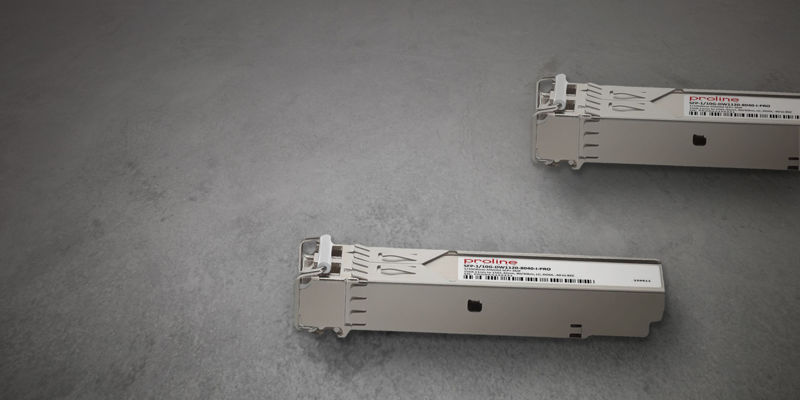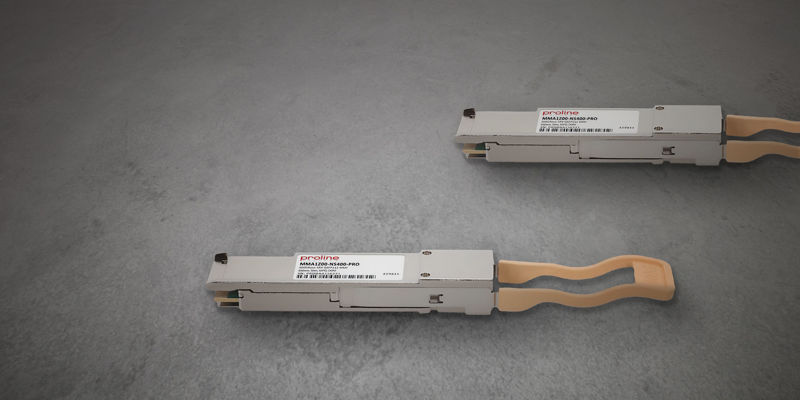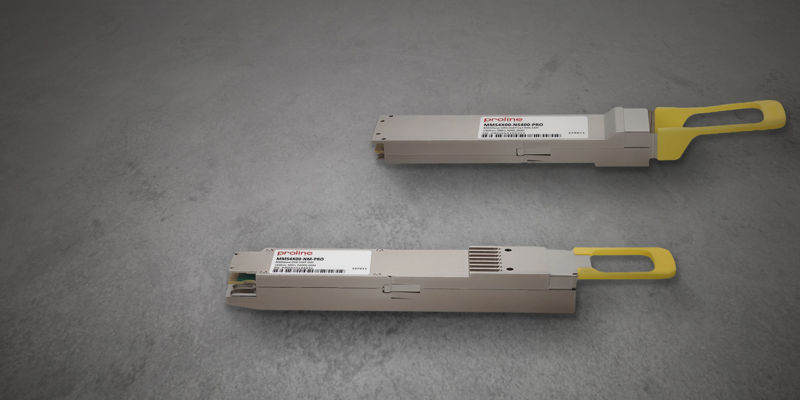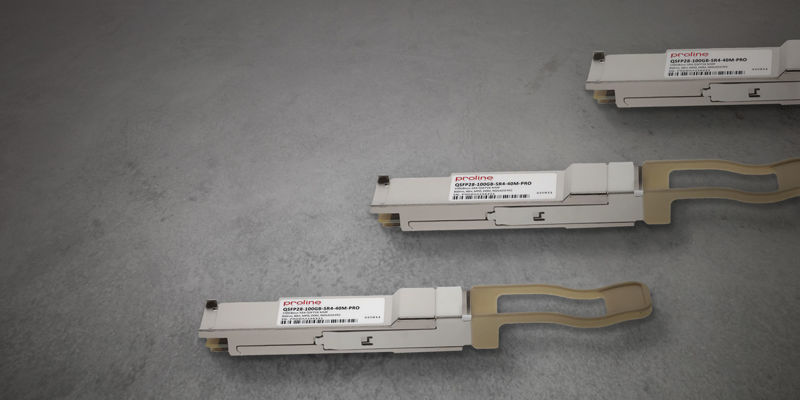Introduction
In this discussion, we delve into the intricate world of parallel series fiber optic transceivers, focusing on their fundamental characteristics and the consequential considerations for data center architecture. Specifically, we examine the impact of the first-generation 400G SR8 transceiver and the ensuing developments in connector types, highlighting the industry shifts in response to evolving technological demands.
Parallel Series Fiber Optic Transceivers
Parallel series fiber optic transceivers are distinguished by their method of aligning multiple fibers in parallel across a multi-fiber push-on (MPO) connector interface. This technology has become integral to modern data transmission, prompting data centers to critically evaluate the cost-effectiveness of maintaining multi-mode short-reach architecture versus transitioning to single-mode fiber.
Technological Advances and Connectivity Trends
Each step in the evolution of 400G and beyond data rates has presented an inflection point for data center operators to evaluate existing structured cabling infrastructures to adapter to leverage existing multi-mode fiber infrastructure or to upgrade to single-mode fiber. The first decision point was the introduction of the MPO-16 connector with the 400G SR8 transceiver. More recent trends, driven by artificial intelligence (AI) and machine learning (ML) clusters, deploying 400G SR4 transceivers with angle-polish (APC) MPO-12 connections, diverging from the conventional physical contact (PC) MPO-12 connectors commonly associated with 40G and 100G legacy connections.
Key Considerations: APC Fiber End Faces and Operational Impact
The APC fiber end face, polished to an 8-degree angle, assumes a critical role in ensuring precise alignment between connectors. An interface mismatch between PC and APC connectors can result in intermittent service interruptions (flapping) and, in extreme cases, cause irreparable damage to the transceiver. Consequently, the operational impact of deploying MPO-12/APC in a retrofit or brownfield data center can be substantial.
Industry Standards and Mitigation Strategies
Recognizing the challenges associated with connector compatibility, industry standards have been developed to provide visual guides for correct fiber infrastructure installation. Notably, the offset keyway of the MPO-16 connector serves as a safeguard, preventing inadvertent connections between MPO-12 connectors and 400G SR8 transceivers. Moreover, structured cabling standards specify APC connectors with distinctive green sliding connector housings to prevent confusion with PC MPO-12 interfaces.
MPO-12 PC 4 Transmit, 4 Receive Fibers Multi-Mode Fiber (OM4, OM3) Aqua or Magenta Connector Housing |
MPO-12 APC 4 Transmit, 4 Receive Fibers Multi-Mode Fiber (OM4, OM3) Single-Mode Fiber Green Connector Housing |
MPO-16 APC 8 Transmit, 8 Receive Fibers Multi-Mode Fiber (OM4, OM3) Green Connector Housing Offset keyway |
Single-Mode MPO-12 Interfaces
A notable distinction lies in single-mode MPO-12 interfaces, which, by default, come angle-polished and consequently avoid the operational complexities associated with APC connectors.
Connector Type by Transceiver
Transceiver | Fiber Type Supported/Reach (meters) | Connector Type |
100G QSFP28 SR4 | OM4/100m | MPO-12 PC |
100G QSFP56 SR2 | OM4/100m | MPO-12 PC |
100G QSFP28 SR1.2 | OM4/100m, OM5 150m | Duplex LC PC |
100G QSFP28 DR1 | SMF/500m | Duplex LC UPC |
200G QSFP56 SR4 | OM4/100m | MPO-12 PC |
400G QSFP-DD SR4.2 | OM4/100m, OM5 150m | MPO-12 PC |
QSFP-DD SR8 | OM4/100m | MPO-16 APC |
OSFP-RHS SR4 | OM4/100m | MPO-12 APC |
QSFP112 SR4 | OM4/100m | MPO-12 APC |
OSFP112 SR4 | OM4/100m | MPO-12 APC |
QSFP-DD SR4 | OM4/100m | MPO-12 APC |
OSFP-RHS DR4 | SMF/500m | MPO-12 APC |
QSFP112 DR4 | SMF/500m | MPO-12 APC |
OSFP 800G SR8 | OM4/100m | 2x MPO-12 APC or 1x MPO-16 APC |
OSFP 800G DR8 | SMF/500m | 2x MPO-12 APC or 1x MPO-16 APC |
Conclusion
In conclusion, parallel series fiber optic transceivers and their associated connectivity considerations represent a dynamic landscape in the evolution of data center architecture. As technology continues to advance, a nuanced understanding of connector types and industry standards becomes imperative for ensuring seamless and reliable data transmission.
For more information or a quote, contact us here.
Your fiber optic solution is here
Explore the benefits of working with us. Get started today!








